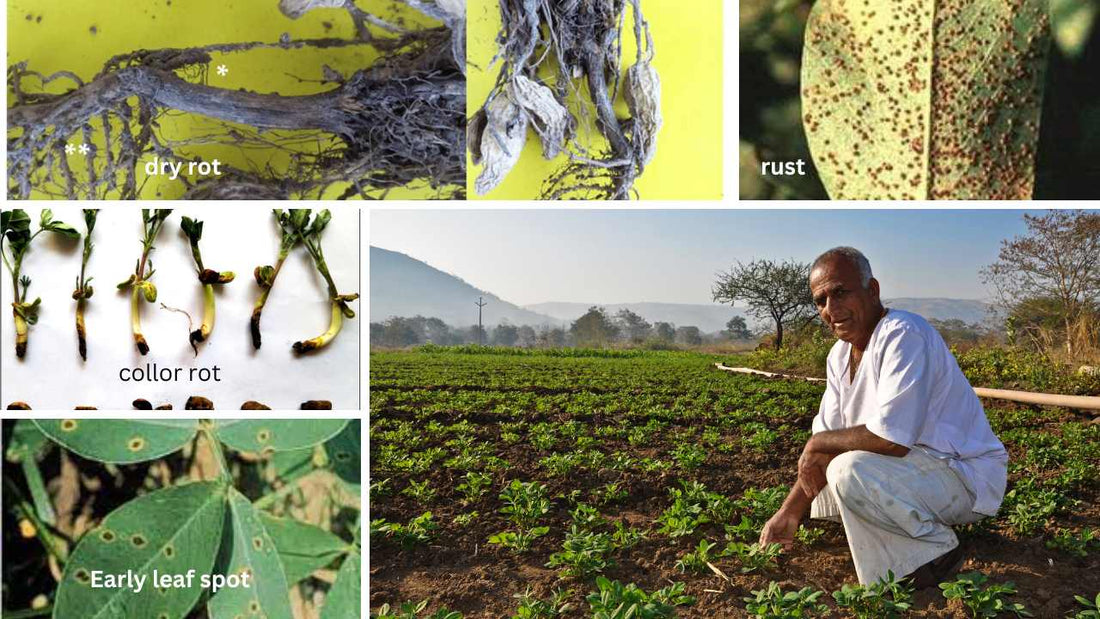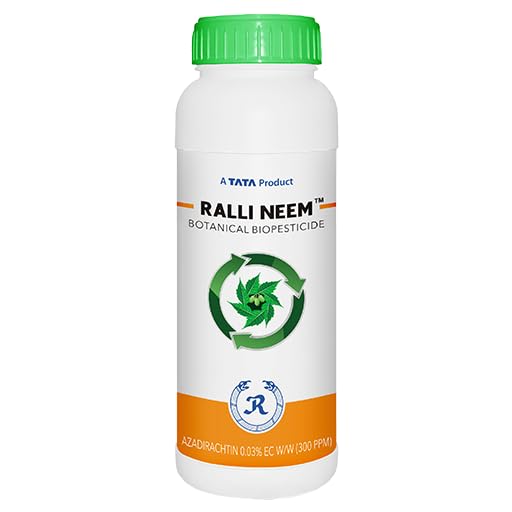
Which are the fungal diseases occurring on groundnut?
Share
Indian farmers plays a significant role in the global landscape of groundnut production, both in terms of area cultivated and overall output. Indian farmers cultivate groundnut on 54 lakh hectares (as of 2022) and rank second in the world for groundnut production, with an output of around 101 lakh tonnes.
In this article we shall know about variuos fungal diseases occuring in groundnut that losses in yield. We display here a collection of suitable fungicides that can be used in treating various fungal diseases, please scroll down the page to find this collection.
Seed and seedling diseases:
- Collar rot (Aspergillus niger): Affects seeds and young seedlings, causing pre-emergence rotting, stunting, wilting, and death.
- Aflatoxin root rot (Aspergillus flavus): Causes post-emergence wilting, stunted growth, and discolored leaves. Produces aflatoxins in infected seeds, posing health risks.
- Damping-off (Rhizoctonia solani, Fusarium spp.): Attacks seeds and seedlings, causing soft rot and wilting.
- Dry root rot (Macrophomina phaseolina): Causes wilting, yellowing, and death of older plants, particularly during pod development.
- Early leaf spot (Cercospora arachidicola): Causes circular brown spots with yellow margins on leaves, reducing photosynthesis and yield.
- Late leaf spot (Mycosphaerella arachidicola): Forms larger, irregular brown to gray spots on leaves, potentially causing severe defoliation.
- Rust (Puccinia arachidis): Produces orange-brown pustules on leaves, hindering photosynthesis and yield.
- Pod rot (Aspergillus flavus, Aspergillus niger, Rhizopus spp.): Causes blackening, shriveling, and decay of pods, reducing yield and marketability.
- Shelling mold (Aspergillus flavus, Penicillium spp.): Affects kernels during storage, leading to discoloration, reduced quality, and potential aflatoxin contamination.















